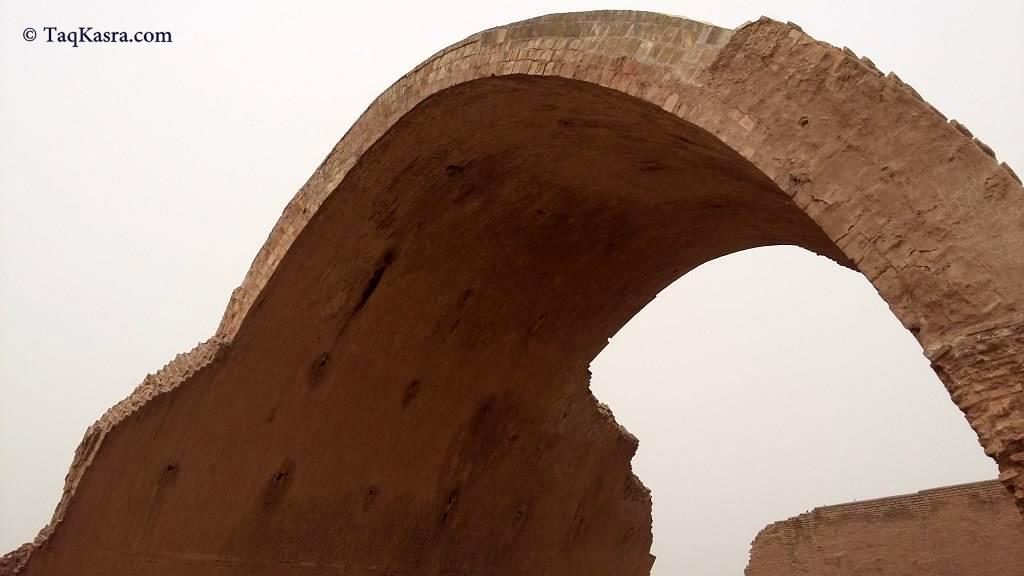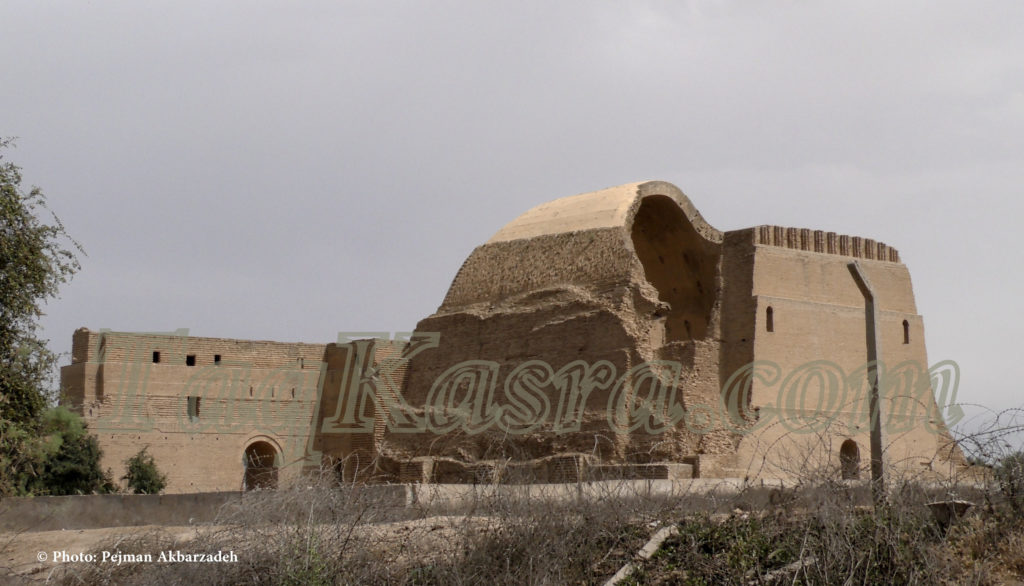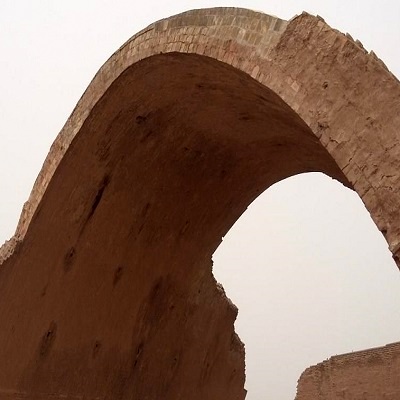The first-ever documentary film on TAQ KASRA by Pejman Akbarzadeh will be premiered at SOAS, University of London, on 1 February 2018. (INFORMATION)
The ca. 3th-century Persian monument Taq Kasra, or Arch of Ctesiphon, is the world’s largest brick vault. The site is the most famous architectural site of Persian Empire during the Sassanian era (224 – 651 AD). Taq Kasra was gradually neglected after the Arab invasion of Persia (Iran) in the 7th-century AD.

In view of the territorial changes, the arch ruins is now located outside Persia, close to the Iraqi capital Baghdad. It is not easy to visit the monument because of the strict security measures around its location. Taq Kasra is now located right beside the little town of Salman Pak. This name was taken from the name of Salman the Persian. He was a companion of the Islam’s prophet Mohammed and the first Persian who converted to Islam. Salman (born as Roozbeh) was the governor of Ctesiphon after the Arab conquest. He is buried there too.

At the moment the arch is under the protection of Iraqi forces. Iraq has not started the process to register Taq Kasra as a UNESCO World Heritage Site. However in the recent years the Iraqi Ministry of Culture has invited the Czech firm AVERS to restore the site.
Various objects have been discovered around Taq Kasra/Ctesiphon area, mostly in the late 1920s and early 1930s. The artefacts are now mostly kept at the State Museum of Berlin (Pergamonmuseum) and Metropolitan Art Museum in New York.
